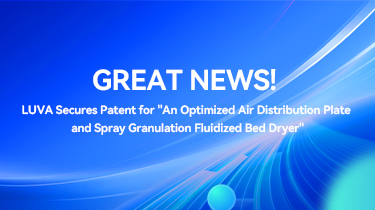P&ID, which stands for Process and Instrumentation Diagram, is an abbreviation for a schematic representation of process pipelines and instrumentation flowcharts with control points. It provides a detailed depiction of all equipment, instruments, pipelines, and other utility facilities within a plant or system, in accordance with the requirements of the process flow diagram and utility flow diagram. Accurate identification and understanding of P&IDs were crucial in relation to precise project control over construction progress, quality, cost, and risk. In order to enhance our understanding of P&IDs, clarify drawing requirements, and learn common methods and techniques for P&ID creation, LUVA organized a P&ID content, requirements, and compilation techniques training course on September 9, 2023.

Li Yaohe, a professor-level senior engineer, is invited to give this lecture. He mainly explained in detail the theoretical knowledge such as the content, classification, basic requirements, drawing methods and requirements of P & ID, as well as the important matters and skills of commonly used design pipeline instrumentation processes. The design of P&ID is ever-changing and may be affected by external factors such as user requirements, differences in geographical environments, and differences in operator experience. For devices with the same process flow, the process engineers need to make corresponding countermeasures when designing P&ID. Combining his more than 30 years of work experience, Engineer Li elaborated on the key points and difficulties in the process of P&ID compilation in connection with typical cases of actual projects.

Through this training, participants have gained a deeper understanding of fundamental concepts such as P&ID instrumentation symbols, instrument tagging, and the representation of logic control. They now have a clearer appreciation of the crucial role of P&ID in engineering design, as well as in the subsequent phases of equipment maintenance, testing, and inspection processes. Additionally, they have acquired a systematic understanding of P&ID drafting rules and techniques, laying a solid foundation for the development of high-quality process engineering personnel within LUVA.

In the near future, we will strictly adhere to the established training plan to achieve course standardization, diversify training formats, and normalize assessment procedures. Through dynamic management, we will assess everyone’s learning outcomes, ensuring the high-quality development of our process engineers. This will help us build a specialized talent pool to effectively support safe and efficient project execution.




